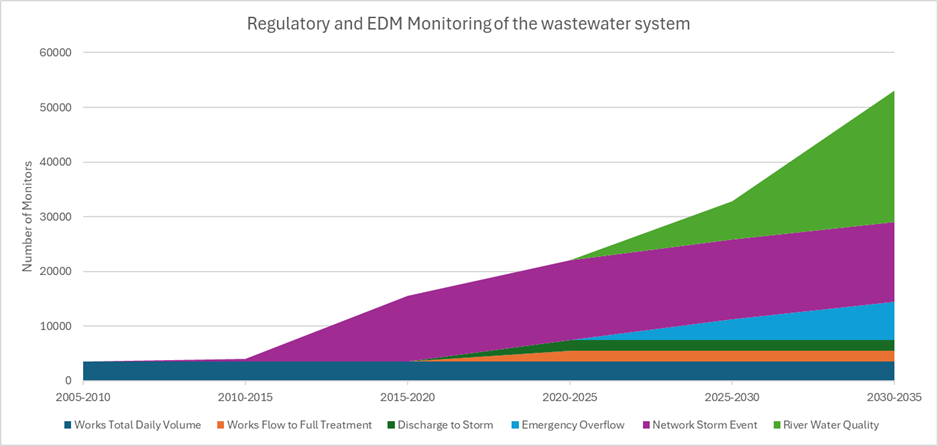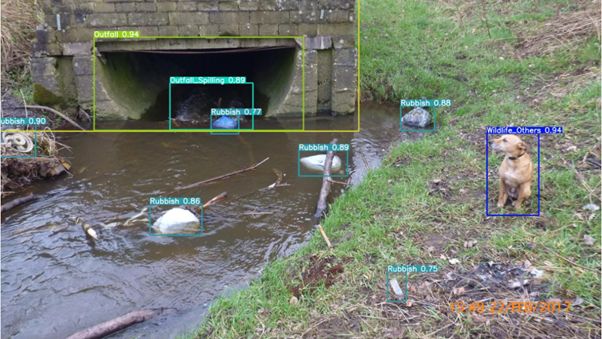
This month, Associate Director AtkinsRéalis and Royal Academy of Engineering Visiting Professor at the University of Exeter, Oliver Grievson, delves into the challenging topic of AMP8.
In early July this year we saw two significant changes in the water industry. Firstly, the general election saw a change of government and secondly the draft determinations were released giving the industry an idea of the investment that would be seen between 2025-2030 (AMP8).
The draft determination saw an allowed investment of approximately £88 billion approved, which was short of what the industry was expecting. However, it was a significant increase over what has been invested in the current investment period (AMP7) and represents the largest investment since privatisation. The outcomes proposed will deliver significant improvements to river quality, less property flooding from sewers, enhanced water resilience and improvements to leakage performance and water quality.
So there is lots to be positive about, but the question as to whether the industry can deliver this level of investment has to be asked.
The current political landscape of the water industry is also putting pressure on the industry to both ask and answer this question – in short, the programme of investment must be delivered for the good of both the environment and the industry itself.
However, the challenge is very large and to show just how large I am going to look at my own speciality of wastewater monitoring which represents just 1.3% of the programme (at the moment at least). Up until 15 years ago, on a regulatory basis, wastewater monitoring was limited to wastewater treatment works measuring the amount of wastewater that passed through wastewater treatment works. This in recent years, as can be seen in the graphic, has changed significantly.
The installation of event duration monitoring starting in 2010 and flow to full treatment monitoring and storm discharge monitoring starting in 2020, saw the amount of monitoring of the wastewater system increase significantly. This is set to increase yet again in AMP8 with almost another 11,000 monitors being installed – except the complexity of the installations make this all the more difficult a task to achieve.
The challenge of delivering all of this work and subsequently maintaining it all in the future is that most of the installations will have issues which are outside of the water companies’ complete control, such as planning permission and the purchasing of land, as most of these installations will be on river-banks. As such the scale of the challenge has changed significantly. Even post installation when the monitoring becomes business as usual the annual operational costs at the end of this investment period are in the region of £84 million, which is set to triple to approximately £250 million by the end of 2035 when the remaining monitors in the programme are installed.
All these challenges represent just 1.3% of the total allowed investment in AMP8 at the current time but operationally will allow the industry to assess their environmental performance in near real-time, which will allow an understanding of where the industry performance must improve.
On top of this example is the work that is going to be ongoing in addressing the business-as-usual investment items such as growth, climate change and the delivery of the government’s storm overflow reduction plan. This is alongside the challenges on the potable side of the industry to increase water resilience in building new reservoirs and ensuring that there is sufficient potable water for us all to use in the future.
It is very easy to see the challenges that the future investment period holds as impossible and insurmountable, but I remember reading once that impossible is just a measure of how difficult something is. As engineers in our important industry, we have the challenge to break down the impossible and deliver the investment that the industry so sorely needs.
What is certain is that this AMP is a step forward in our commitment to invest in our critical water and wastewater infrastructure and that future generations will ultimately benefit from our best endeavours.




